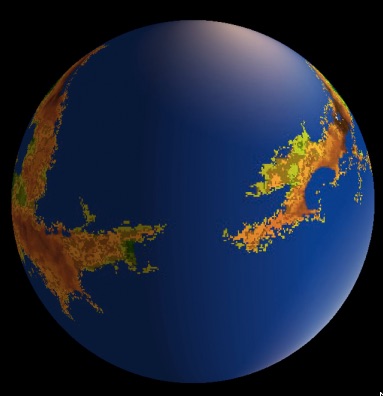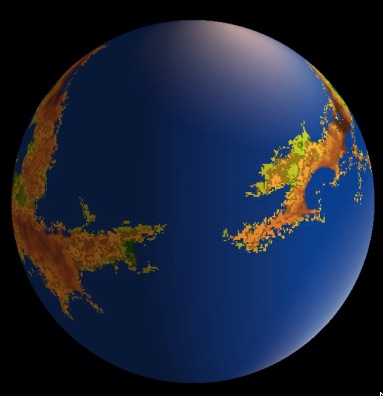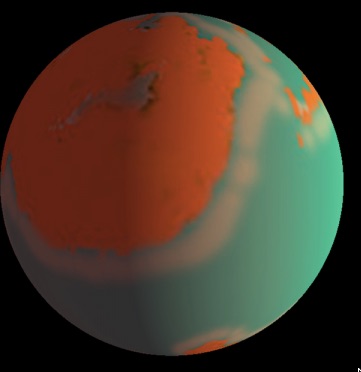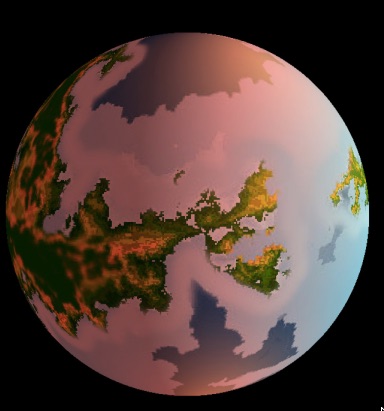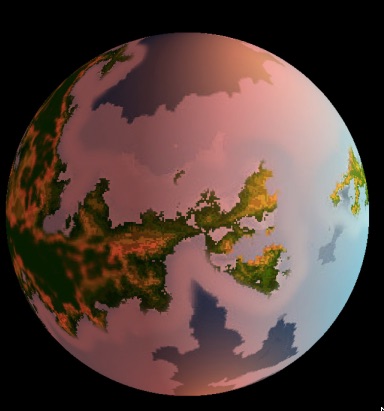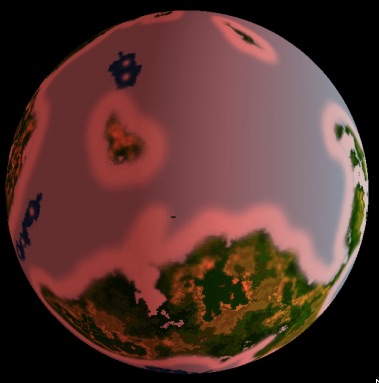Discovered in January 2015, Kepler-438b looked like an excellent candidate for a habitable planet. The planet fits the two key characteristics for a Kepler candidate to a T. The first of these is that the planet has to be rocky, like Earth or Mars, rather than gaseous, like Jupiter or Saturn. The second is that it has to orbit its star in the habitable zone, where temperatures are neither too hot nor too cold to support life.
Kepler-438b It is only 12 percent bigger than Earth and receives about 40 percent more light. Kepler-438b is similar in temperature to the Earth, but it is much closer to its star, a cooler Red Dwarf called Kepler-438. Kepler-438b orbits Kepler-438 every 35 days.
The research team, led by David Armstrong of the University of Warwick’s Astrophysics Group, has discovered that this star is very active, shooting superflares and associated coronal mass ejections every few hundred days. Using photometry, the team detected excess radiation caused by the star’s flares.
The coronal mass ejections from the star, 10 times more powerful than any on record made by our sun, may have stripped the planet of its atmosphere.
Kepler 438 b orbits the star Kepler 438, which is located 472.9 (145 parsecs) away from our solar system. Its apparent magnitude is 15 and its absolute magnitude is 9.2. It is 0.5 times the mass and 0.5 times the radius of our sun, it is also an M1 type star, at 3748 degrees kelvin.
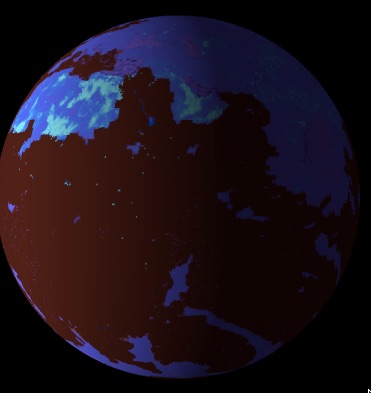
Kepler-438系は、こと座に位置し地球から約470光年の位置にある惑星系で、主星はK型主系列星(温度3748K、質量0.54太陽質量、半径0.62太陽半径)に分類されます。星の年齢は約44億歳と考えられていて、太陽とほぼ同年齢です。なお、この星は磁気活動が強く、Kepler宇宙望遠鏡の測光観測データの解析からスーパーフレアが多数観測されています。 この系では2015年1月にKepler宇宙望遠鏡のトランジット観測により、惑星Kepler-438bが発見されました。Kepler-438bは、軌道周期が35日、半径が1.12地球半径・1.3地球半径であり、惑星の表面に液体の水が存在できるハビタブルゾーン内に存在する岩石惑星の可能性がかなり高いと考えられています。一方で前述の様にこの系の主星は超巨大なフレア(スーパーフレア)を頻発しているため、大気中に強い紫外線・放射線が降り注いだり、フレアに付随するコロナ質量放出衝突で放出されたガス・プラズマが大気衝突に頻繁に衝突する事が考えられ、大気散逸過程や詳細なはビタビリティに関しては、今後の詳しい観測・理論研究が大変重要と考えられます。
論文:https://academic.oup.com/mnras/article-lookup/doi/10.1093/mnras/stv2419
ジャーナル記事
1.) VALIDATION OF TWELVE SMALL KEPLER TRANSITING PLANETS IN THE HABITABLE ZONE
2.) Where are they?
WEB記事
1.) Farewell to hope of life on Kepler-438b
2.) Kepler-438b and 442b: Are These the Planets We’re Looking For?
3.) Could Humans Survive On Kepler-438b?
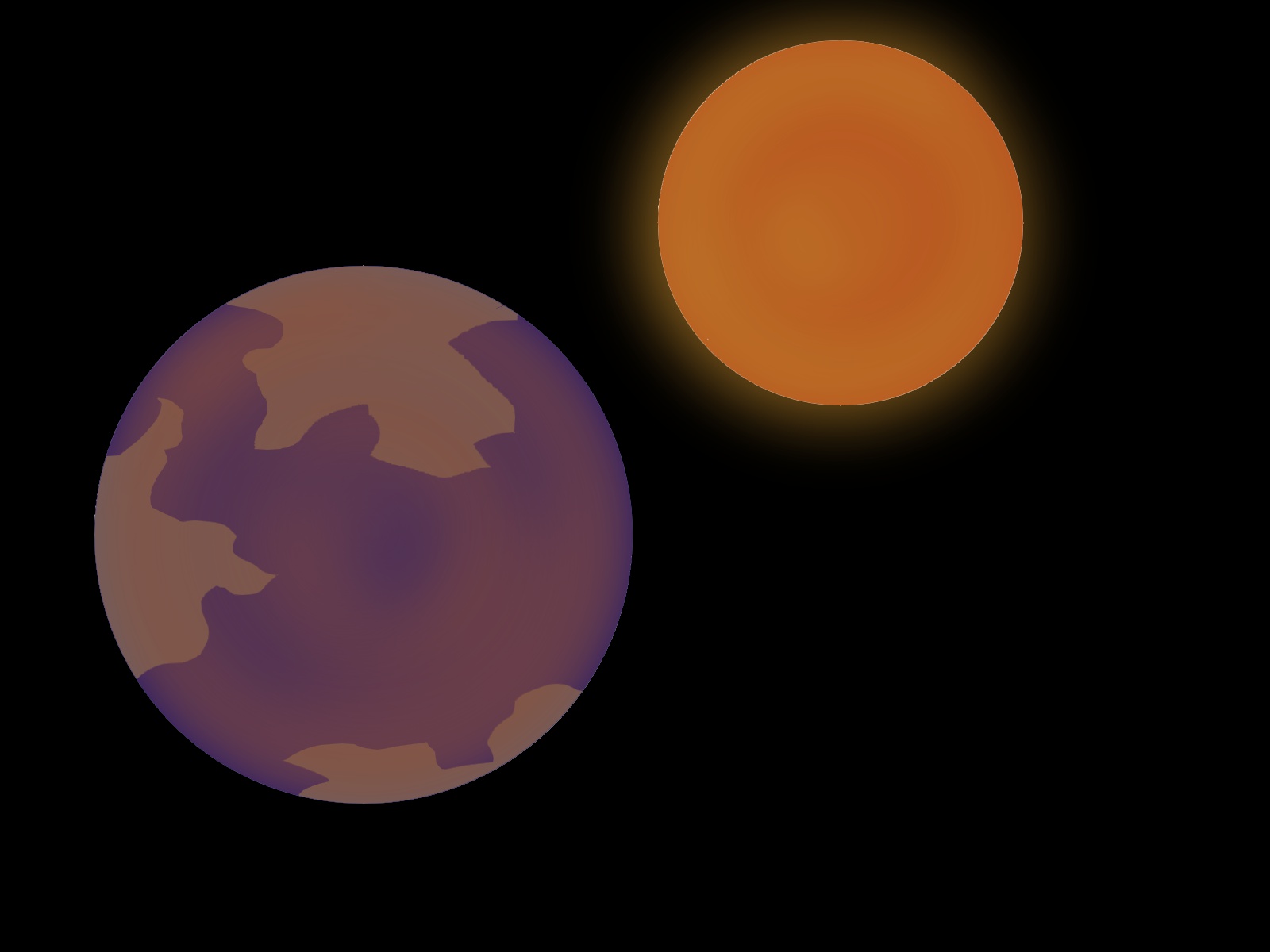 <Imaginary Picture of Kepler-442 b Credit: M Masada, SGH Moriyama High School>
<Imaginary Picture of Kepler-442 b Credit: M Masada, SGH Moriyama High School>